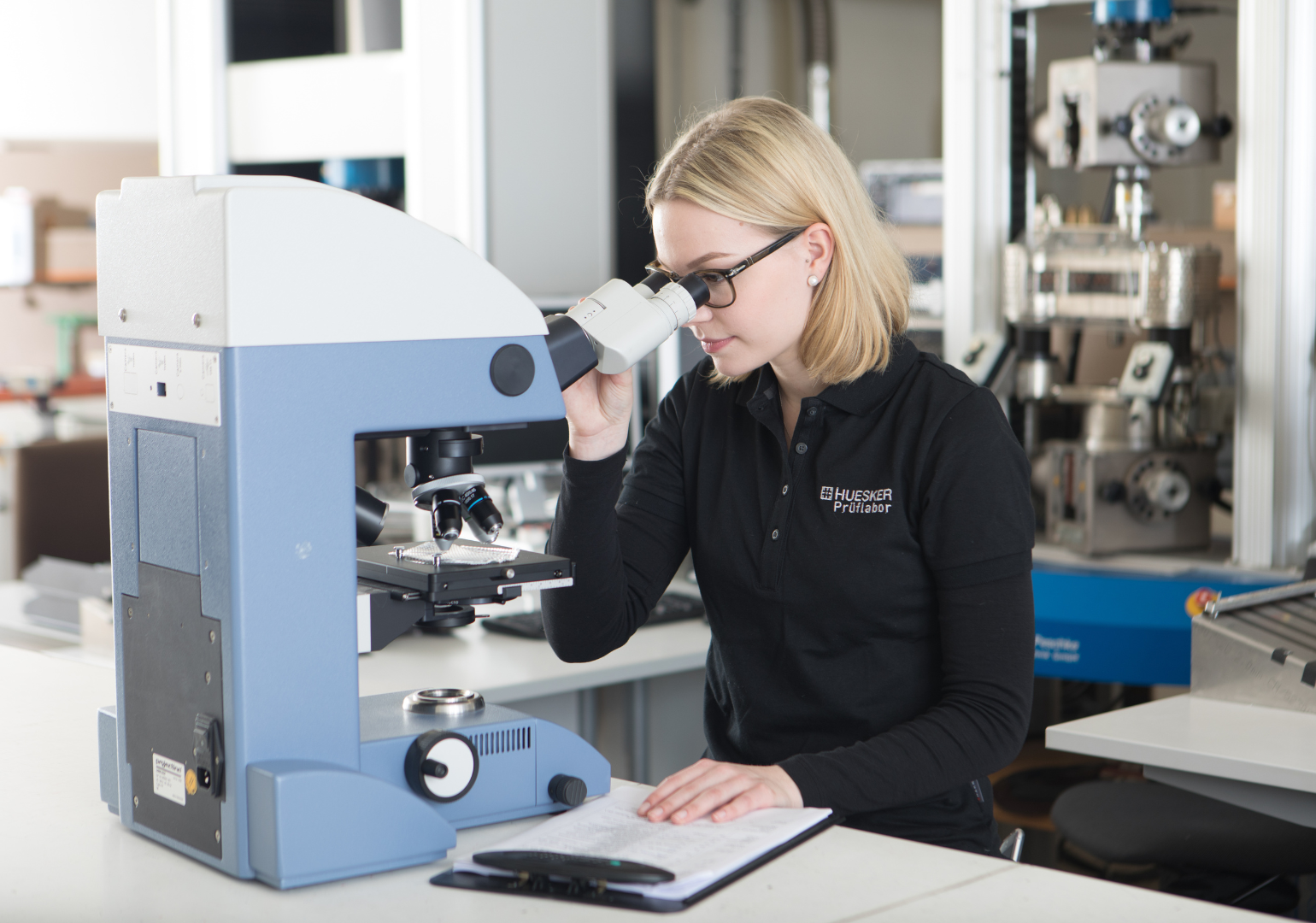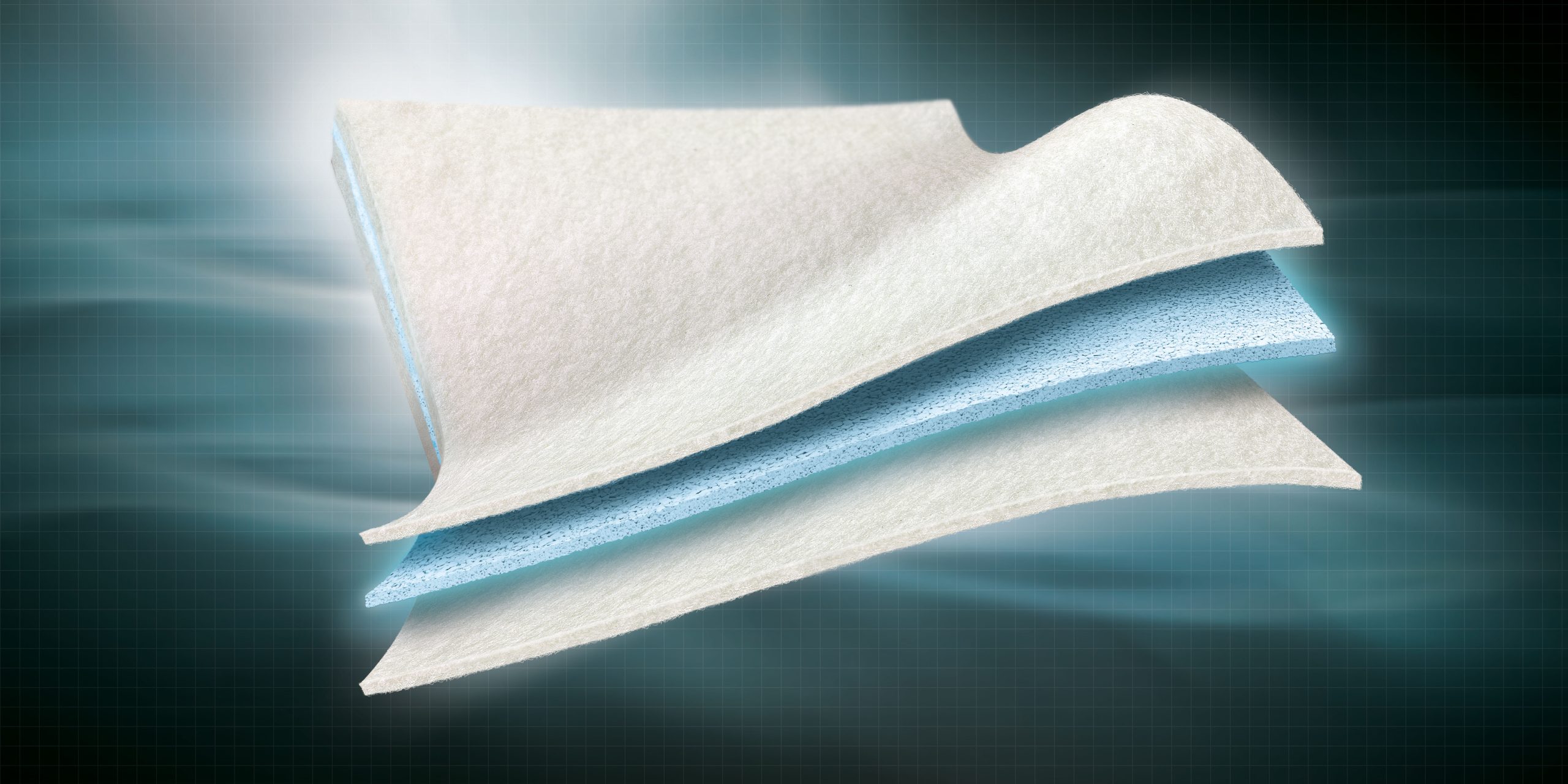A team of Australian researchers has found that geotextiles may be releasing harmful per- and polyfluorinated alkyl substances (PFAS) into the environment, contaminating agricultural land, waterways and wildlife.
The results of the study, Are Geotextiles Silent Contributors of Ultrashort Chain PFAS to the Environment?, could have significant implications for engineered lined waste containment facilities that use geocomposites — combinations of two or more geosynthetics — to prevent the so-called “forever chemicals” from entering leachates or nearby soils.
PFAS chemicals are used in thousands of products including non-stick cookware, stain-resistant carpet coatings, grease-proof paper, shampoo, nail polish, rain jackets, tents and fabric protectors.
The areas around fire stations have been particularly prone to pollution as the foam used by fire crews, until recently, contained high levels of PFAS, so repeated practice drills led to the chemicals migrating into ecosystems. Such foams have now been phased out.
The new report, however, outlines an apparent new danger.
It concludes: “The results of the targeted PFAS analysis showed that most geotextile specimens contained PFPrA (perfluoro propionic acid), ranging in concentration between undetectable and 10.84 μg/g … If released into the surrounding environment, PFPrA at the concentrations detected in geotextiles potentially poses a risk to the environment.”

Dangerous assumptions
But using the results to implicate the entire geosynthetics industry could be a dangerous mistake, according to Gus Martins, Director of Operations and Engineering at HUESKER Australia.
“The research findings were certainly unexpected,” he said, “but we need to be careful not to make generalisations about all geosynthetic industry, as the ultra-short chain PFAS molecule detected could have emanated from a single factory. That should have been made clearer so that no one misunderstood the findings and blamed the whole industry.”
The issue of PFAS spreading through agricultural land and into rivers was highlighted by recent international research led by the University of New South Wales which found significant volumes of surface and groundwater worldwide contain potentially dangerous levels of PFAS.
More than 12,000 PFAS molecules have been identified, but only three have been outlawed in Australia: PFOS, PFOA and PFHxS. Ultra-short-chain are the smallest PFAS compounds, with three or fewer carbon chains, and are the most difficult tobe removed when water is treated.

Martins believes there are two possible explanations for the study’s findings.
“It could either have originated in the raw polymers or from the extrusion process used to sew or needle punch the fibres together to create the geotextiles,” he said.
As the dangers of PFAS were only discovered relatively recently, scientific understanding of their properties and effects is still evolving.
“We’re discovering new facts about them as more studies are conducted so it’s imperative that our procedures also evolve,” Martins said.
Highest standards
At HUESKER, every geotextile is rigorously tested to the highest industry standards until it’s shown to be completely free of all the regulated PFAS.
“We invest heavily in research and development so we can continuously enhance our raw materials quality control and production protocols to keep us at the forefront of all the emerging technology,” Martins said.
“As an industry, we can’t rest on our laurels. We need to challenge our capabilities and effectively contain these contaminants.”
One of the leading technologies for emerging contaminants is HUESKER’s Tektoseal Active PFAS, a high-performance pollutant barrier that contains adsorbents to secure and remediate affected soils.
This technology can be used to isolate contaminated soils as well as a PFAS-safety layer for landfill.

“For me, the main takeout of this research isn’t that geotextiles are unreliable or exacerbating the PFAS crisis; it’s that we need to understand that the findings circumstances and that the problem could be related to inadequate quality control benchmarks,” Martins said.
“It certainly shouldn’t tarnish every products in the industry.”
Find out more about Huesker’s range of geotextile solutions.




